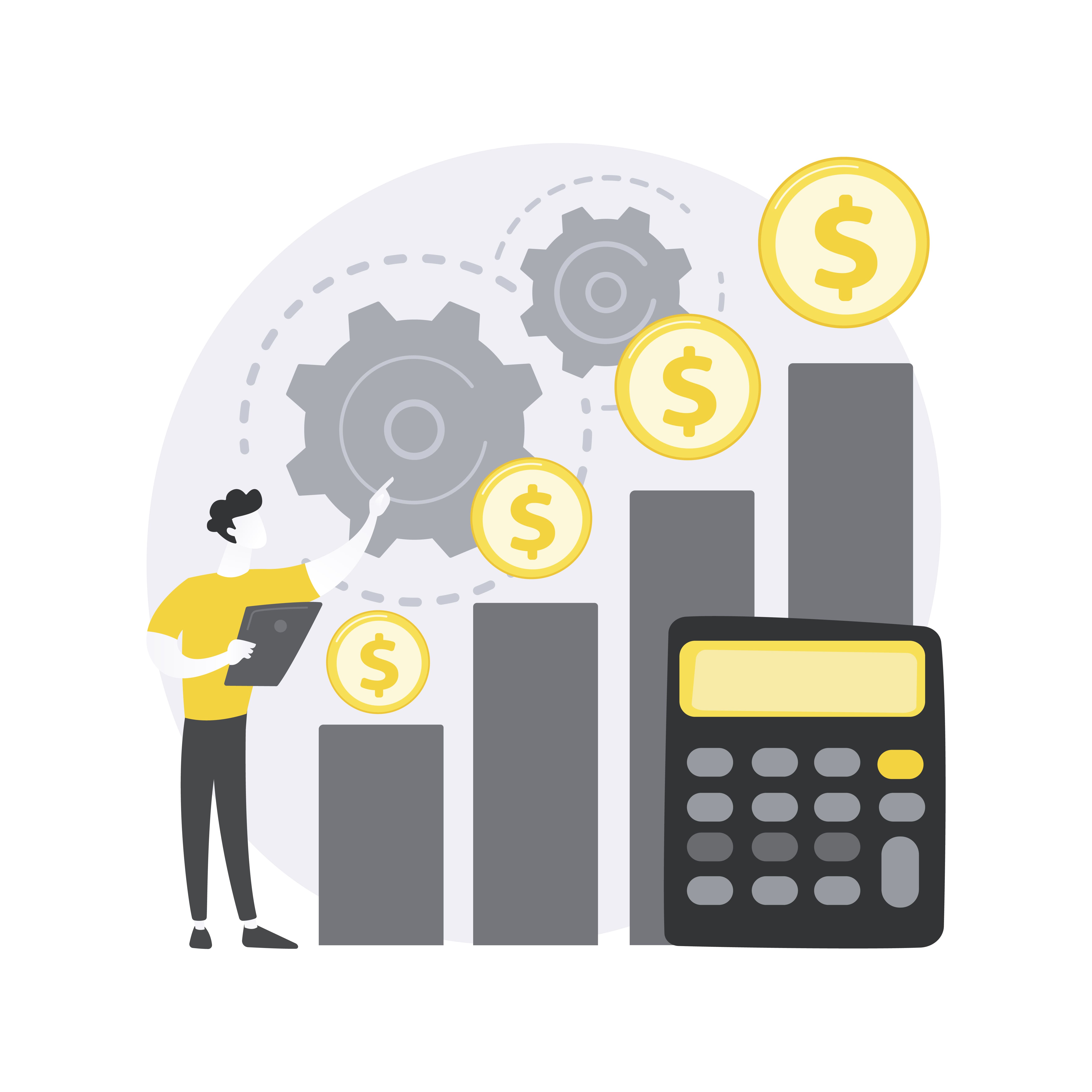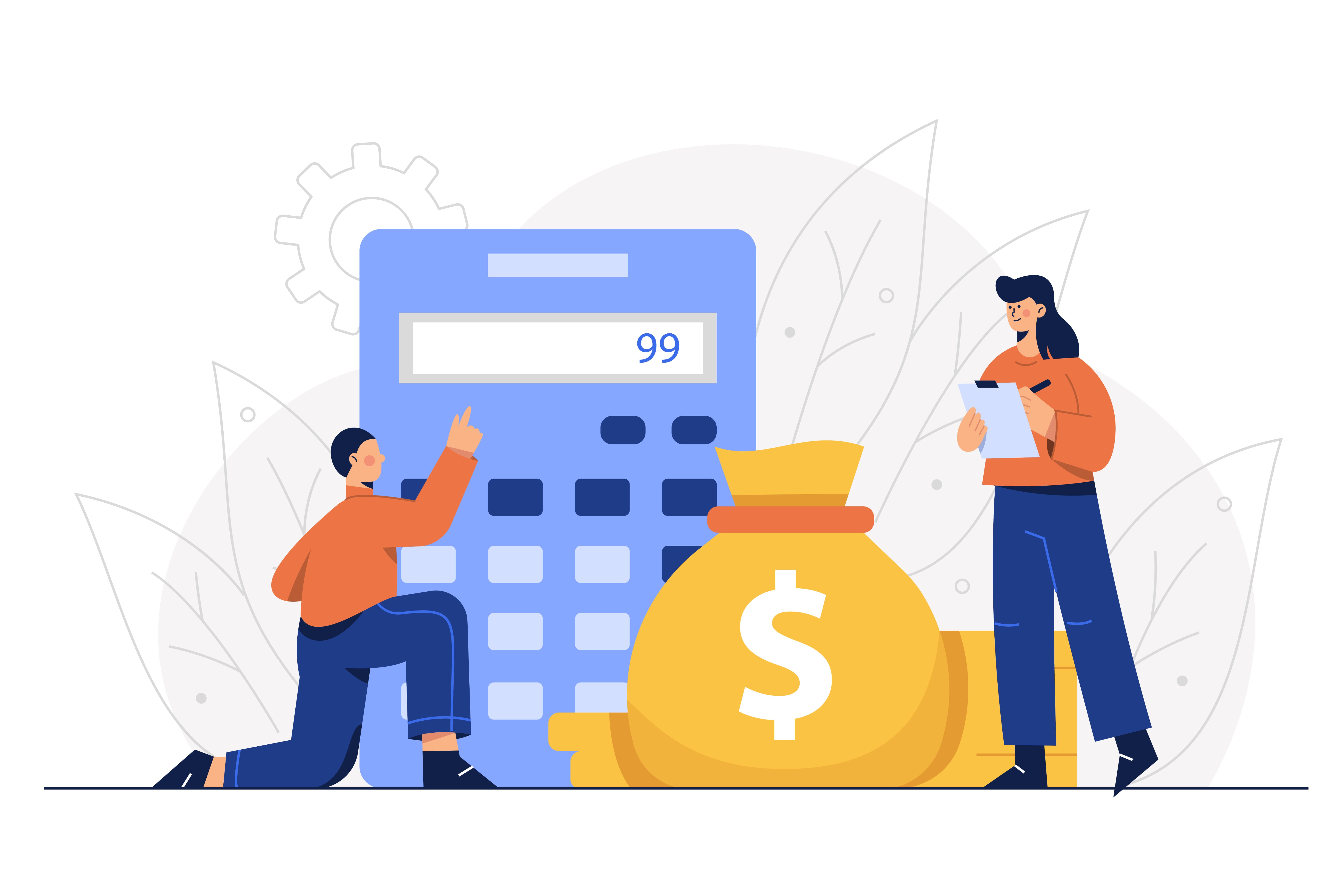Cost Estimation and Budgetin
Estimating project costs and developing a project budget are crucial aspects of effective project management. Accurate cost estimation helps in planning and controlling project finances, while allocating resources effectively ensures that the project stays on track and within budget.
Let’s explore some techniques for estimating project costs and the steps involved in developing a project budget.

Techniques for Estimating Project Costs
1. Analogous Estimation:
This technique involves using historical data from similar projects as a basis for estimating costs. By comparing the current project with past projects in terms of size, complexity, and resources required, you can estimate costs based on previous actuals.
2. Bottom-Up Estimation:
In this technique, you estimate costs for individual project tasks or work packages and then aggregate them to determine the total project cost. This approach is more accurate but requires a detailed breakdown of tasks.


3. Parametric Estimation:
This method involves using statistical models and historical data to establish cost relationships between variables such as project size, duration, and resource requirements. These models can provide cost estimates based on specific project characteristics.
4. Three-Point Estimation:
This technique uses three estimates for each task: optimistic, pessimistic, and most likely. By calculating the weighted average of these estimates, you can arrive at a more realistic cost estimate that considers uncertainties.

Example: Suppose you’re estimating the time and cost required for a marketing campaign. The optimistic estimate for completing the campaign is 4 weeks and $50,000, the pessimistic estimate is 8 weeks and $80,000, and the most likely estimate is 6 weeks and $65,000. You can use these estimates to calculate the expected cost using techniques like the Program Evaluation and Review Technique (PERT).

Developing a Project Budget
1. Identify Project Costs:
Start by identifying all the costs associated with the project, including direct costs (labor, materials, equipment) and indirect costs (overhead, administrative expenses). Consider both one-time costs and recurring costs over the project’s duration.
2. Cost Categorization:
Group costs into categories such as personnel, equipment, materials, subcontractors, and contingencies. This categorization helps in tracking and controlling expenses effectively.
3. Cost Estimation:
Use the techniques mentioned above to estimate costs for each category. Consider both fixed costs (e.g., salaries) and variable costs (e.g., materials consumed).
4. Allocate Resources:
Determine the resources needed for each project task and allocate them based on their availability and cost. This step ensures that resources are appropriately assigned and utilized.
5. Cost Aggregation:
Sum up the estimated costs for each category to arrive at the total project cost.
6. Budget Allocation:
Allocate the budget to different project phases, tasks, or work packages. This step involves distributing the total project cost over time to enable better financial planning and control.
7. Contingency Planning:
Include a contingency reserve in the budget to account for unforeseen events or risks that may require additional funds. It is generally advisable to set aside a percentage of the total budget as a contingency reserve.
8. Regular Monitoring and Control:
Continuously monitor project expenses and compare them against the budgeted amounts. Adjust the budget and resource allocation as needed to keep the project on track.
Example: Let’s consider a construction project to build a commercial office space. The estimated costs for different categories are as follows:
Labor: $500,000
Materials: $200,000
Equipment: $100,000
Subcontractors: $150,000
Overhead: $100,000
Contingency Reserve: 10% of the total cost
Based on these estimates, the total project cost is $1,050,000. The project manager then allocates the budget to different phases of the project, such as foundation, structure, interior work, and finishing. The budget allocation ensures that sufficient funds are available for each phase and that costs are controlled within the allocated amounts.
Throughout the project, the project manager regularly monitors expenses, compares them with the budgeted amounts, and takes corrective actions if necessary. This monitoring and control process helps to ensure that the project stays within the allocated budget and resources are utilized effectively.
By employing these techniques and following the steps involved in cost estimation and budgeting, project managers can make informed financial decisions and effectively manage project resources, leading to successful project outcomes.

